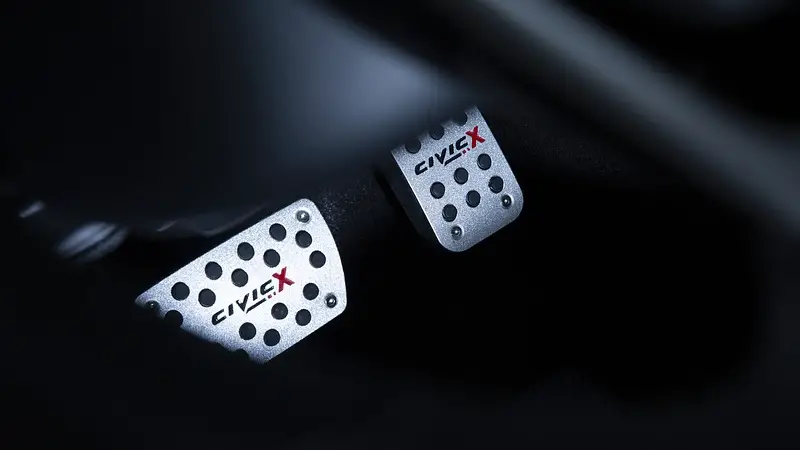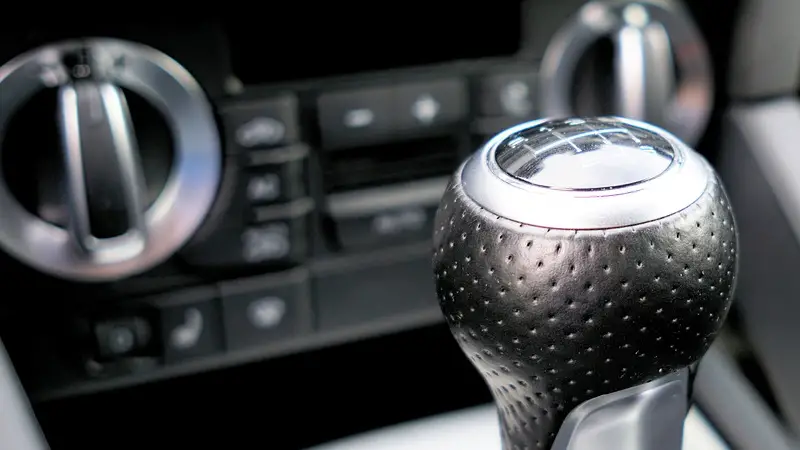When your vehicle fails to shift gears as normal, it’s usually a sign of a transmission problem. Many factors could potentially affect transmission shifting, potentially leading to several problems in your vehicle. Is a faulty throttle position sensor one of these factors?
Your throttle position sensor can have negative effects on your transmission shifting, but that’s only if the sensor is faulty in the first place. A flashing engine light, excessive fuel consumption, and a rough idle are some of the symptoms that tell if your throttle position sensor has gone bad.
In this article, you’ll learn how to determine if you have a faulty throttle position sensor and how to repair the fault. Then, you’ll learn if and how the throttle position sensor in your vehicle affects transmission shifting.
What Is a Throttle Position Sensor?

Almost all kinds of vehicles are built with throttles that regulate the amount of air that goes into the engine. Sometimes, this position sensor is also referred to as a butterfly valve, and it stays around the car’s air filter.
The car needs just enough air at the internal combustion chamber in your vehicle’s engine to make it work effectively. Since the position of your car’s throttle determines how much air gets into the engine, the throttle position sensor is a necessary component of your car’s engine.
This sensor detects the position of your throttle at any given time to determine how much air should go into the vehicle’s internal combustion chamber.
An imbalance in how your vehicle’s throttle position sensor works can lead to a whole lot of problems. Some of these problems might be difficult to link to a fault in your car’s TPS. To be certain that a fault is from your car’s TPS, it’s important to know how it affects your vehicle in the first place.
How Does a Bad Throttle Position Sensor Affect Your Vehicle?
A bad throttle position sensor can cause many problems, ranging from your engine control unit locating the wrong position of your vehicle’s throttle to it not being able to lose the throttle at all.
If your engine control unit is having difficulties locating the exact position of your throttle, it will be letting the incorrect amount of air into your car’s internal combustion chamber. Predictably, this will lead to your vehicle’s engine working inconsistently.
However, what are the unpredictable ways in which a vehicle works when its throttle position sensor goes bad? Here are some of the most prominent symptoms you’ll notice when your car’s throttle position sensor goes bad.
- Your engine’s warning light.
Most people don’t understand the point of the engine warning light in their vehicle. While most people think it’s supposed to denote a faulty engine, that’s rarely ever the case.
Instead, you’ll see your engine’s warning light whenever there is any kind of problem with your engine. Since the throttle position sensor is a component of your engine, any fault to this component of your vehicle will also impact the inner working of your engine.
When you see the warning light on your engine flashing, you should suspect a problem in your car’s throttle position sensor. If the warning light activation comes with some other symptom of a faulty sensor, it becomes certain that it’s the problem of a fault TPS.
However, you shouldn’t presume every engine warning light to signify a fault to your car’s throttle sensor. A vehicle’s engine has loads of other components that could set off the warning light if they were to go bad.
- Rough idling.

If your car’s engine is idling rough, a faulty TPS might be the culprit. If the TPM is spiking above or going below 600 to 900 RPM at idle, there’s certainly a problem with your car’s engine.
If you’re experiencing most of the other symptoms on this list, you should take your vehicle’s throttle position sensor for an examination to see if something has gone wrong.
- Unnecessary excessive fuel consumption.
Your vehicle’s throttle position sensor controls how much air is let into the vehicle’s combustion chamber. Also, the volume of air that makes it into your internal combustion chamber is directly proportional to the volume of gas that your vehicle consumes at a given time.
Any problem with your vehicle’s internal combustion chamber will drastically increase its air to fuel ratio, making your vehicle inefficient at fuel management. If you’re filling up your gas tank more frequently than you remember doing, you should start worrying about a problem with your car’s TPS.
- Erratic acceleration behavior.
Depending on your specific scenario, your car may either accelerate without you depressing the accelerator or fail to accelerate when you do. This is one of the most certain symptoms of a faulty throttle position sensor. If you’re experiencing this, you should avoid driving your car, except to the mechanic.
Faulty acceleration alone doesn’t always signify a faulty throttle position sensor. If you’re experiencing problems with your accelerator, coupled with some or most of the other symptoms on this list, the problem is almost certainly a faulty TPS.
Can Throttle Position Sensor Affect Transmission Shifting?

If you’re experiencing transmission shifting with your vehicle, the throttle position sensor is one of the most common culprits. However, repairing your throttle position sensor may not necessarily correct your faulty transmission, as it’s only one of the few factors that affect its performance.
As this is the case, you shouldn’t automatically link a faulty transmission to a fault in your throttle position sensor. If you’re not experiencing any of the other symptoms of a faulty TPS, you may want to check if other components of your engine are at fault.
Some of the other engine components that may have an impact on the health of your vehicle’s transmission include your Powertrain Control Module. Thanks to how much control it has over the functionality of your transmission, some refer to it as a transmission control module.
The intake air sensor, differential speed sensor, and mass airflow sensor are other places to examine if you think your engine’s transmission is acting up.

